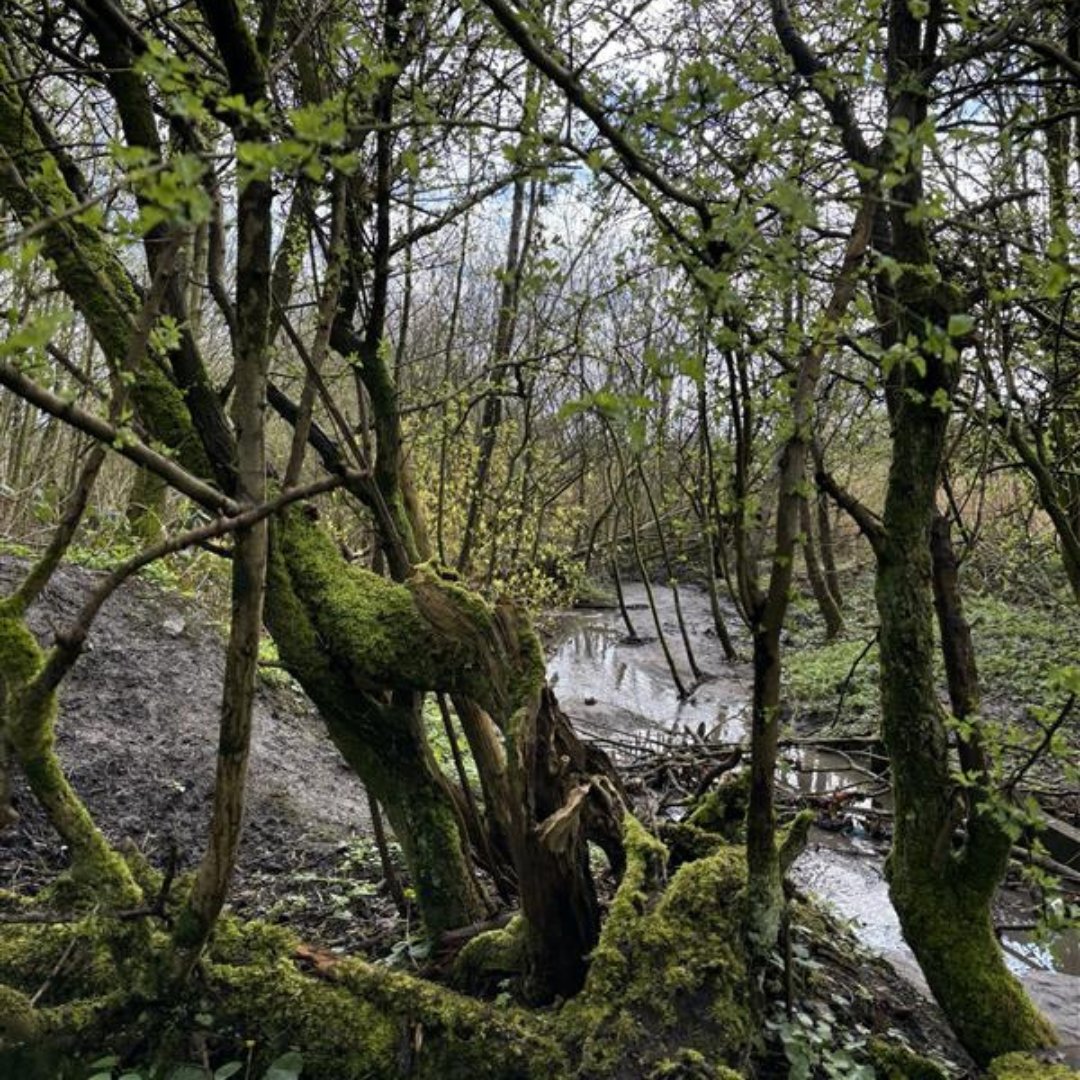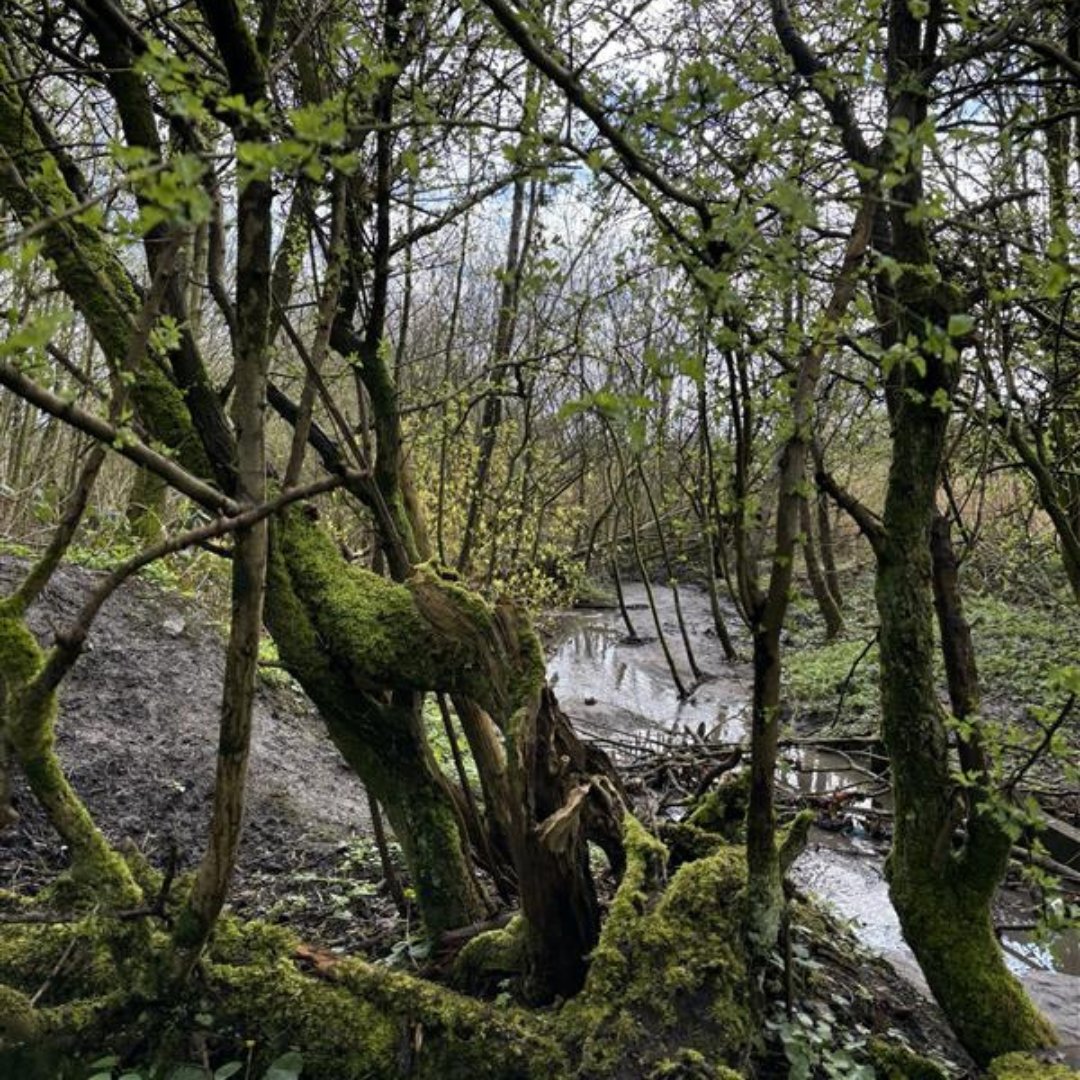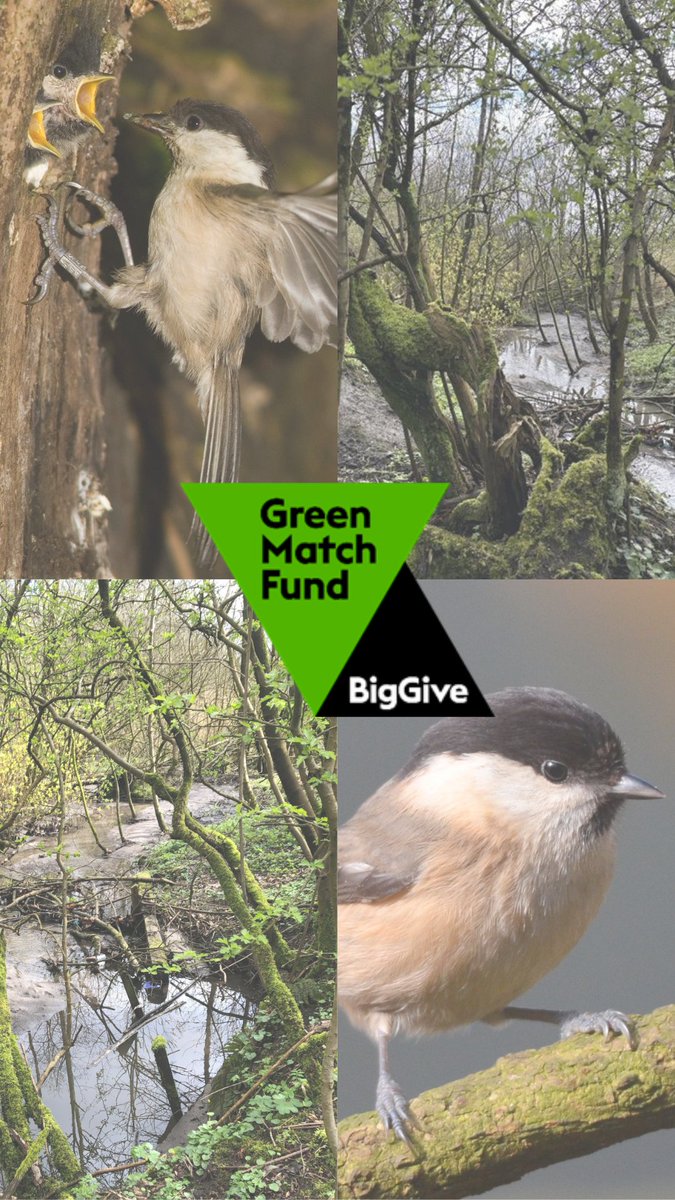
Lancashire Wildlife Trust
@Lancswildlife
You can help protect wildlife and wild places across Lancashire, Manchester & North Merseyside by becoming one of our valued charity members from just £3/month.
ID:19591396
https://www.lancswt.org.uk/ 27-01-2009 13:28:54
29,3K Tweets
22,2K Followers
736 Following
Follow People






Spring is in full swing, and with it comes a new opportunity to help our wildlife. 🦋🐝🐞
Isabelle Goodhand shares some top tips on how you can make your garden a welcoming place for birds, critters and crawlies! lancswt.org.uk/tips-for-wildl…







Loving this film of the brilliant Freeman's Pool in #Lancaster that was created as part of Env Agency NW Lower #Lune #flood alleviation scheme.


















